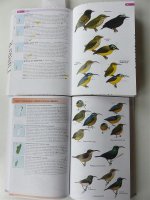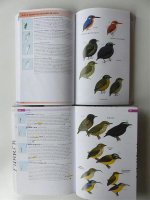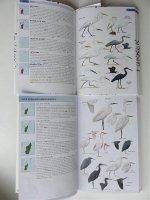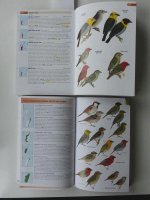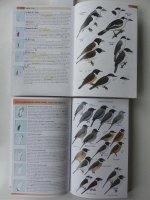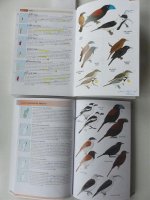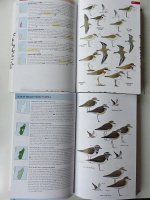
NHBS lists the new FG as in stock: http://www.nhbs.com/title/204526/birds-of-madagascar-and-the-indian-ocean-islands
I must admit that I'm not sure yet whether it is an improvement over the already excellent book by Sinclair and Langrand: http://www.nhbs.com/title/65220/birds-of-the-indian-ocean-islands
The new book is twice as expensive. And looking at the sample pictures, the illustrations may well be too flashy? Anyway, I am looking forward to the first - hopefully somewhat comparative - reviews.
I have just returned from a 26 day birding trip to Madagascar where the "old" book served us very well.
I must admit that I'm not sure yet whether it is an improvement over the already excellent book by Sinclair and Langrand: http://www.nhbs.com/title/65220/birds-of-the-indian-ocean-islands
The new book is twice as expensive. And looking at the sample pictures, the illustrations may well be too flashy? Anyway, I am looking forward to the first - hopefully somewhat comparative - reviews.
I have just returned from a 26 day birding trip to Madagascar where the "old" book served us very well.






